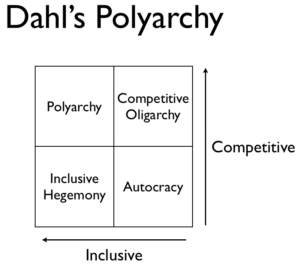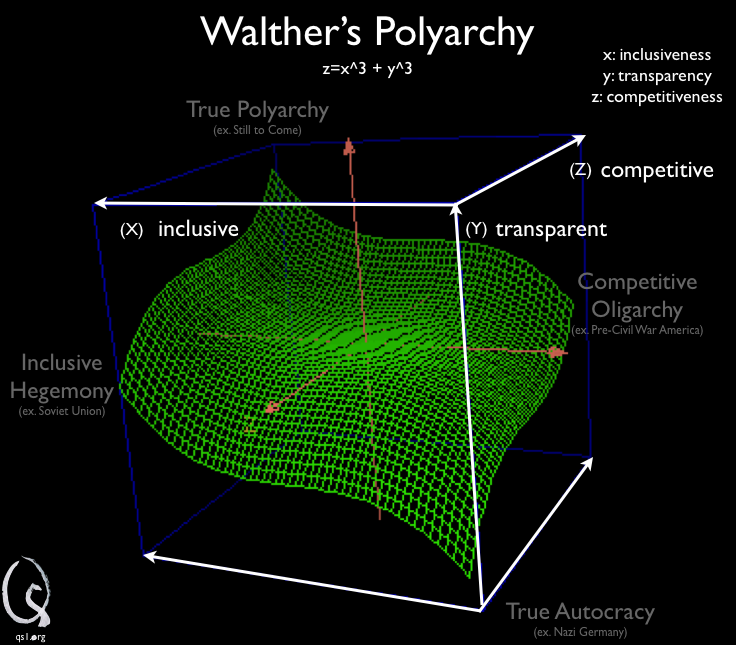As we watch our two dominant political parties spin their wheels trying to pass or defeat outrageously inadequate legislation, it’s easy (and frightening) to imagine this deadlock continuing indefinitely. It won’t. I know our democracy looks feeble right now but it’s always darkest before dawn.
During the 2008 presidential election, something very significant happened. The major third party candidates (oxymoron?) including Ron Paul and Ralph Nader signed a statement called ‘We Agree.” This statement, I believe, presents a new alternative to mainstream politics. This document could be the foundation of a viable third party that unites libertarians and liberals against the corporate parties that dominate our political system. Below is a copy of “We Agree.”
We Agree
Foreign Policy: The Iraq War must end as quickly as possible with removal of all our soldiers from the region. We must initiate the return of our soldiers from around the world, including Korea, Japan, Europe and the entire Middle East. We must cease the war propaganda, threats of a blockade and plans for attacks on Iran, nor should we re-ignite the cold war with Russia over Georgia. We must be willing to talk to all countries and offer friendship and trade and travel to all who are willing. We must take off the table the threat of a nuclear first strike against all nations.
Privacy: We must protect the privacy and civil liberties of all persons under US jurisdiction. We must repeal or radically change the Patriot Act, the Military Commissions Act, and the FISA legislation. We must reject the notion and practice of torture, eliminations of habeas corpus, secret tribunals, and secret prisons. We must deny immunity for corporations that spy willingly on the people for the benefit of the government. We must reject the unitary presidency, the illegal use of signing statements and excessive use of executive orders.
The National Debt: We believe that there should be no increase in the national debt. The burden of debt placed on the next generation is unjust and already threatening our economy and the value of our dollar. We must pay our bills as we go along and not unfairly place this burden on a future generation.
The Federal Reserve: We seek a thorough investigation, evaluation and audit of the Federal Reserve System and its cozy relationships with the banking, corporate, and other financial institutions. The arbitrary power to create money and credit out of thin air behind closed doors for the benefit of commercial interests must be ended. There should be no taxpayer bailouts of corporations and no corporate subsidies. Corporations should be aggressively prosecuted for their crimes and frauds.
We support opening up the debates beyond the two parties and the Commission on Presidential Debates (CPD), a private corporation co-chaired by former chairmen of the Republican and Democratic Party. It is time for our Presidential Debates to once again be hosted by a truly non-partisan civic-minded association.
-Statement of Agreement between Ron Paul, Ralph Nader, Bob Barr, Chuck Baldwin and Cynthia McKinney.
http://www.votenader.org/weagree/

